Workers enter Japan nuclear reactor building
Workers entered one of the damaged reactor buildings at Japan's stricken nuclear power plant Thursday for the first time since it was rocked by an explosion in the days after a devastating earthquake, the country's nuclear safety agency said
The plant's operator, Tokyo Electric Power Co., said workers are connecting ventilation equipment in Unit 1 in an attempt to absorb radiation from the air inside the building. The work is expected to take about four or five days
The utility must lower radiation levels inside the reactor before it can proceed with the key step of installing a cooling system that was knocked out ..
Workers have not been able to enter the reactor buildings at the Fukushima Daiichi nuclear power plant, about 140 miles northeast of Tokyo, since the first days after the tsunami. Hydrogen explosions at four of the buildings at the six-reactor complex in the first few days destroyed some of their roofs and walls and scattered radioactive debris.
In mid-April, a robot recorded radioactivity readings of about 50 millisieverts per hour inside Unit 1's reactor building — a level too high for workers to realistically enter.
The decision to send the workers in was made after robots last Friday collected fresh data that showed radiation levels had fallen in some areas of the reactor, said Taisuke Tomikawa, a spokesman for TEPCO.
Staff back to work at stricken Japanese nuclear plant This Is London. Excerpts:
Workers have returned to one of the damaged reactor buildings at Japan's stricken nuclear power plant Thursday for the first time since it was rocked by an explosion in the days after a devastating earthquake, the country's nuclear safety agency said.
The plant's operator, Tokyo Electric Power Co., said workers are connecting ventilation equipment in Unit 1 in an attempt to absorb radiation from the air inside the building. The work is expected to take about four or five days.
Japan Is Not Alone, the Whaling Nations of Europe and Iceland Are Also Exposed to Radioactive Contamination
Emissions Still Pouring From Wrecked Fukushima Nuclear Plant
Japanese Government Finally Divulges What It Has Been Hiding: SPEEDI Radiation Simulations from March 12
Now, after more than 50 days and after so much contamination of soil, water, air and ocean with radioactive iodine, cesium, strontium, plutonium, americium, curium, among other yet to be disclosed nuclides that have exposed the residents in Japan to heightened internal and external radiations, the Japanese government simply dumps the SPEEDI simulation data on the Ministry of Education's website.
What is, really, the point of telling us now? To say... what? They're sorry that they didn't tell you about the simulation when the radioactive materials were coming at 10,000 terabecquerels/hour and they knew it but were afraid people would freak out? I suppose the people in the administration and in the government would rather have a significant increase in cancer and other illnesses several decades down the line, because by that time they may be no longer in the government or no longer in this world.
Professor Toshiso Kosako, who quit the job as the PM's special advisor in protest of the government response to the Fukushima I accident, said in his resignation statement that there was another program called WSPEEDI, which can cover much wider area ("several thousand kilometers", according to Professor Kosako). WSPEEDI can probably cover the entire Japan (except for outlying islands).
The Japanese government is still sitting on WSPEEDI simulations, if any exists as Professor Kosako says.
Workers entered one of the damaged reactor buildings at Japan's stricken nuclear power plant Thursday for the first time since it was rocked by an explosion in the days after a devastating earthquake, the country's nuclear safety agency said
The plant's operator, Tokyo Electric Power Co., said workers are connecting ventilation equipment in Unit 1 in an attempt to absorb radiation from the air inside the building. The work is expected to take about four or five days
The utility must lower radiation levels inside the reactor before it can proceed with the key step of installing a cooling system that was knocked out ..
Workers have not been able to enter the reactor buildings at the Fukushima Daiichi nuclear power plant, about 140 miles northeast of Tokyo, since the first days after the tsunami. Hydrogen explosions at four of the buildings at the six-reactor complex in the first few days destroyed some of their roofs and walls and scattered radioactive debris.
In mid-April, a robot recorded radioactivity readings of about 50 millisieverts per hour inside Unit 1's reactor building — a level too high for workers to realistically enter.
The decision to send the workers in was made after robots last Friday collected fresh data that showed radiation levels had fallen in some areas of the reactor, said Taisuke Tomikawa, a spokesman for TEPCO.
Staff back to work at stricken Japanese nuclear plant This Is London. Excerpts:
Workers have returned to one of the damaged reactor buildings at Japan's stricken nuclear power plant Thursday for the first time since it was rocked by an explosion in the days after a devastating earthquake, the country's nuclear safety agency said.
The plant's operator, Tokyo Electric Power Co., said workers are connecting ventilation equipment in Unit 1 in an attempt to absorb radiation from the air inside the building. The work is expected to take about four or five days.
Japan Is Not Alone, the Whaling Nations of Europe and Iceland Are Also Exposed to Radioactive Contamination
Emissions Still Pouring From Wrecked Fukushima Nuclear Plant
Japanese Government Finally Divulges What It Has Been Hiding: SPEEDI Radiation Simulations from March 12
Now, after more than 50 days and after so much contamination of soil, water, air and ocean with radioactive iodine, cesium, strontium, plutonium, americium, curium, among other yet to be disclosed nuclides that have exposed the residents in Japan to heightened internal and external radiations, the Japanese government simply dumps the SPEEDI simulation data on the Ministry of Education's website.
What is, really, the point of telling us now? To say... what? They're sorry that they didn't tell you about the simulation when the radioactive materials were coming at 10,000 terabecquerels/hour and they knew it but were afraid people would freak out? I suppose the people in the administration and in the government would rather have a significant increase in cancer and other illnesses several decades down the line, because by that time they may be no longer in the government or no longer in this world.
Professor Toshiso Kosako, who quit the job as the PM's special advisor in protest of the government response to the Fukushima I accident, said in his resignation statement that there was another program called WSPEEDI, which can cover much wider area ("several thousand kilometers", according to Professor Kosako). WSPEEDI can probably cover the entire Japan (except for outlying islands).
The Japanese government is still sitting on WSPEEDI simulations, if any exists as Professor Kosako says.















































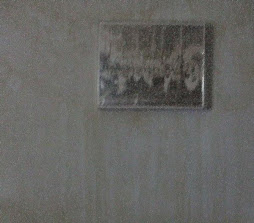






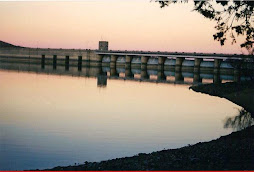







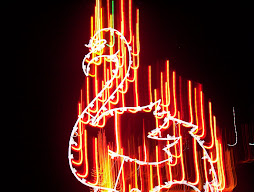






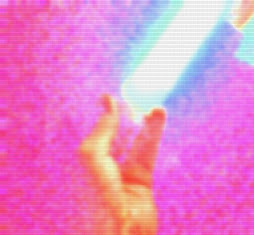










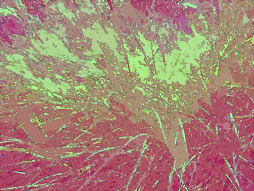
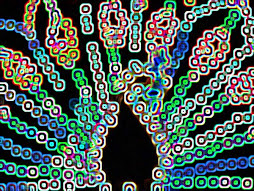























No comments:
Post a Comment